Children of all ages have innate curiosities about their surroundings. Taking in information by using each of the five senses is how our youngest learners analyze and comprehend everything: from self to others, from simple to complex.
As educators, we need to consistently create learning environments that allow for sensory exploration and artistic expression. Fortunately, the great outdoors, combined with a few easily-accessible resources, provides the perfect inspirational backdrop for budding artists.
Gathering Materials for Early Childhood Outdoor Learning
Before heading outside, it is important to thoughtfully consider the types of eco-friendly materials needed to engage learners. Choose non-toxic, water-based paint and chalk for colorful open-ended art projects. If designing crafts, choose ones specifically for outdoor-use such as bird feeders, wind chimes, and flowerpots.
Use objects found in nature including sand, seeds, pebbles, pine cones, and acorns as they will not harm the ground or wildlife if accidentally spilled.
Creating Engaging Learning Environments
To ensure young minds are inspired by the beauty of the outdoors, we need to eliminate possible distractions. To do so requires some simple prep work: place working surfaces such as tables, easels, and bins on flat surfaces to keep artists’ tools from rolling during use; create comfortable collaborative spaces making sure that children are out of direct sunlight and wind; and always supervise and separate active play areas from artistic creative areas to keep everyone safe during learning.
To truly create, some children need independence, while others may want to collaborate with peers, so ensure that you are offering environments that allow children free-choice of time, materials, and activities to help them grow both socially and emotionally.
Making Indoor and Outdoor Connections
Making connections is a key concept to deep learning. It’s always a good idea to frontload outdoor artwork with an engaging read aloud by choosing non-fiction books with topics directly related to the climate, trees, animals, and insects just beyond the window! Then have a fresh supply of connected items waiting outside in easily-accessible containers, and watch your young artists thrive!
Children will enjoy making bug tracks by dipping plastic insects into paint and placing on paper; using washable window paints to illustrate scenes from a favorite outdoor-based story; or creating rain sticks from outdoor-gathered items securely taped inside of cardboard tubes. Wrap-up art activities with a ‘museum-walk’ so that each child can view and respond to their peers’ work to build confidence and kindness.
Each season brings opportunities to explore, create, and wonder, so make your next lesson an outdoor lesson!
More Outdoor Learning Tools & Ideas
If you’re looking for more inspiration for outdoor time with early childhood learners, be sure to visit the Early Childhood topic page to see what’s new and to explore more helpful posts. Also take a moment to browse the hundreds of specialized furniture and supplies for Early Childhood education.
Read More: Inspire Outdoor Learning through Inquiry in Early Childhood
Read More: Outdoor Education for Learners of All Ages
Tamie Pratt-Fartro, PhD
Dr. Tamie Pratt-Fartro has served the education community for over 20 years as early childhood/elementary teacher, reading specialist, literacy coach, professional development specialist, researcher, and university professor. Tamie has conducted multiple research studies on literacy, play, kindergarten transition, reflective teaching, and leadership.
Read more posts by Dr. Tamie Pratt-Fartro–>

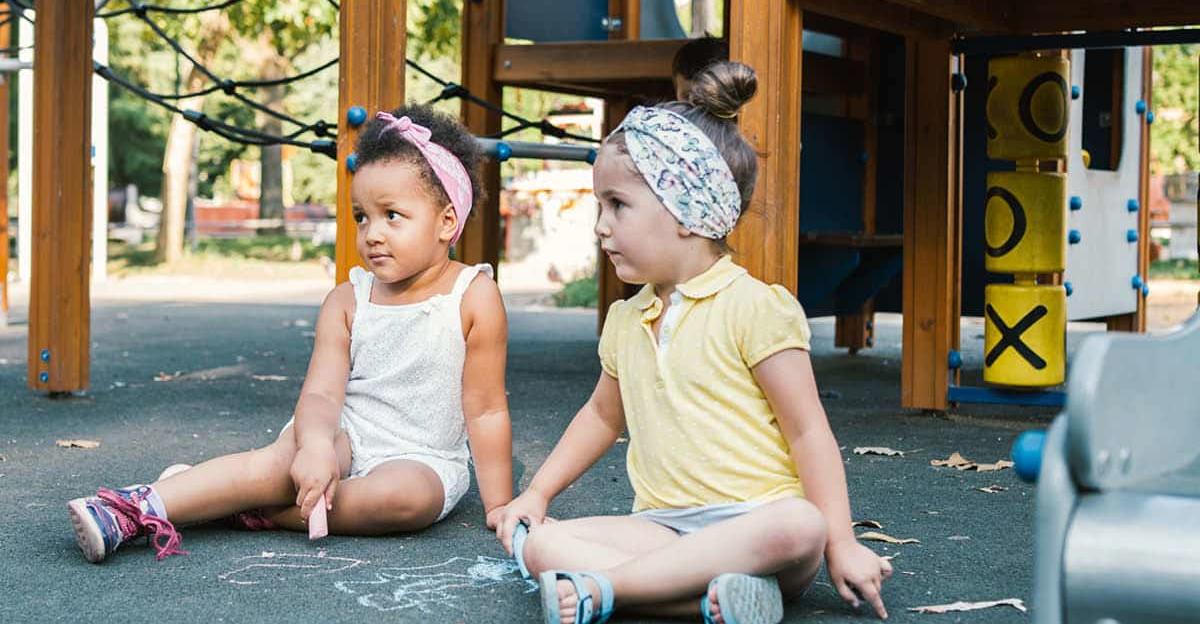
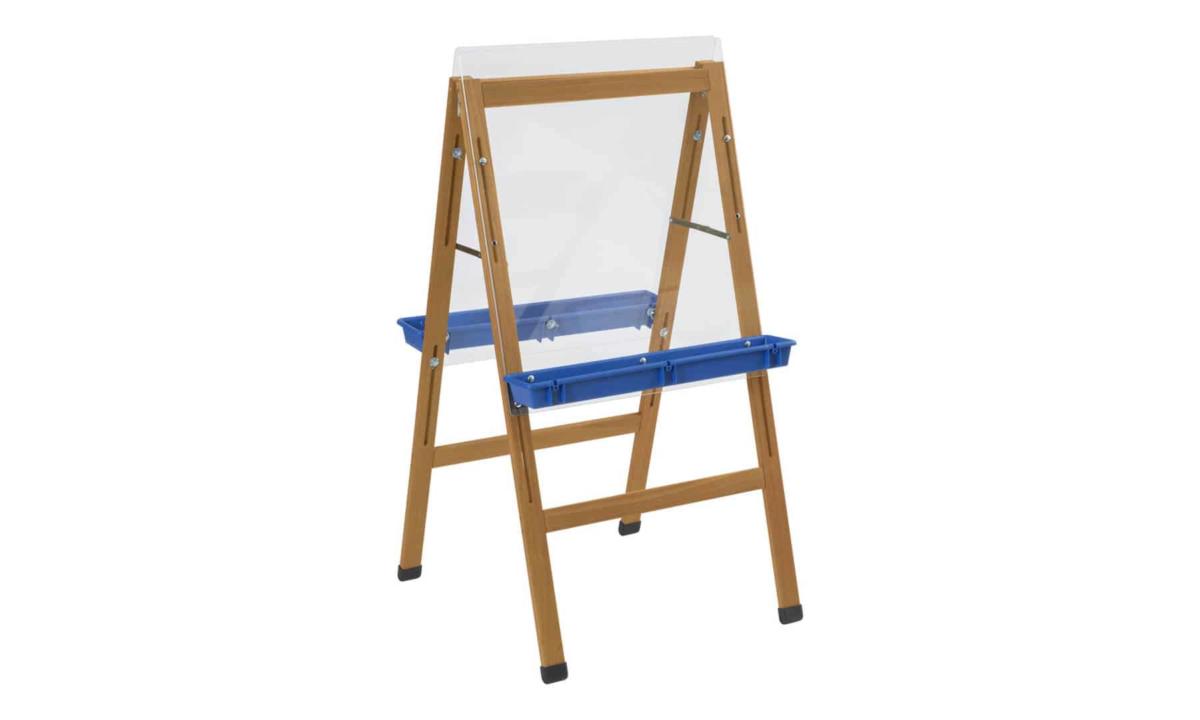
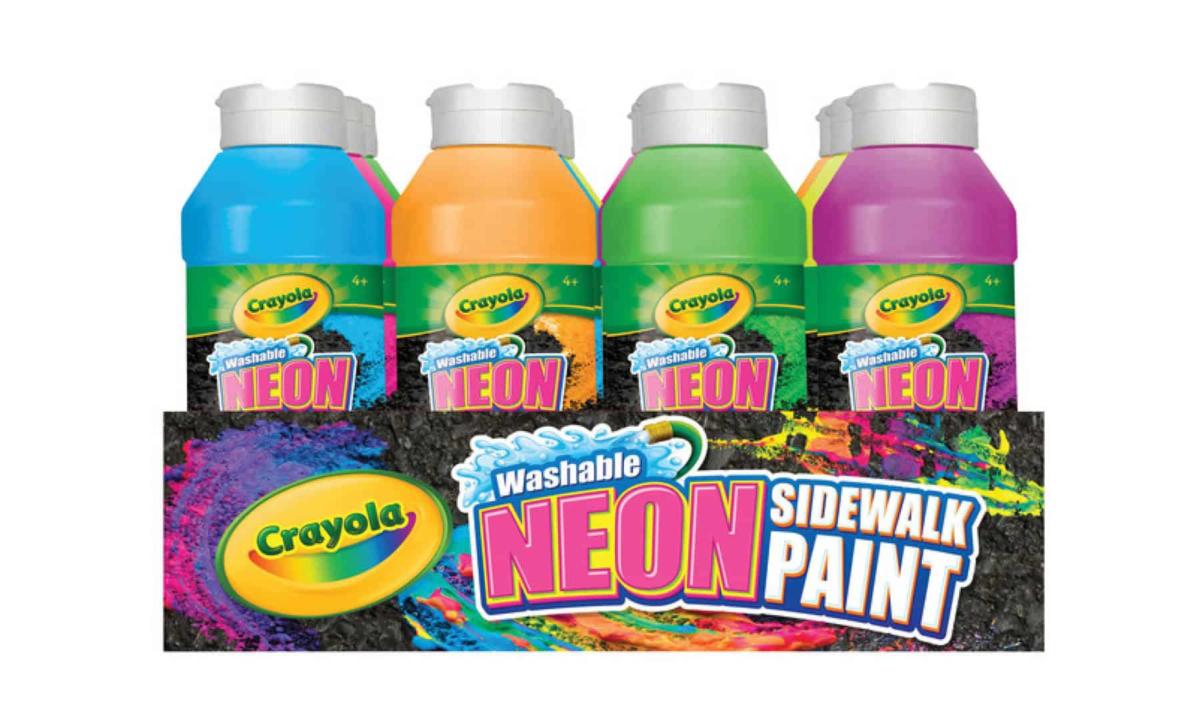
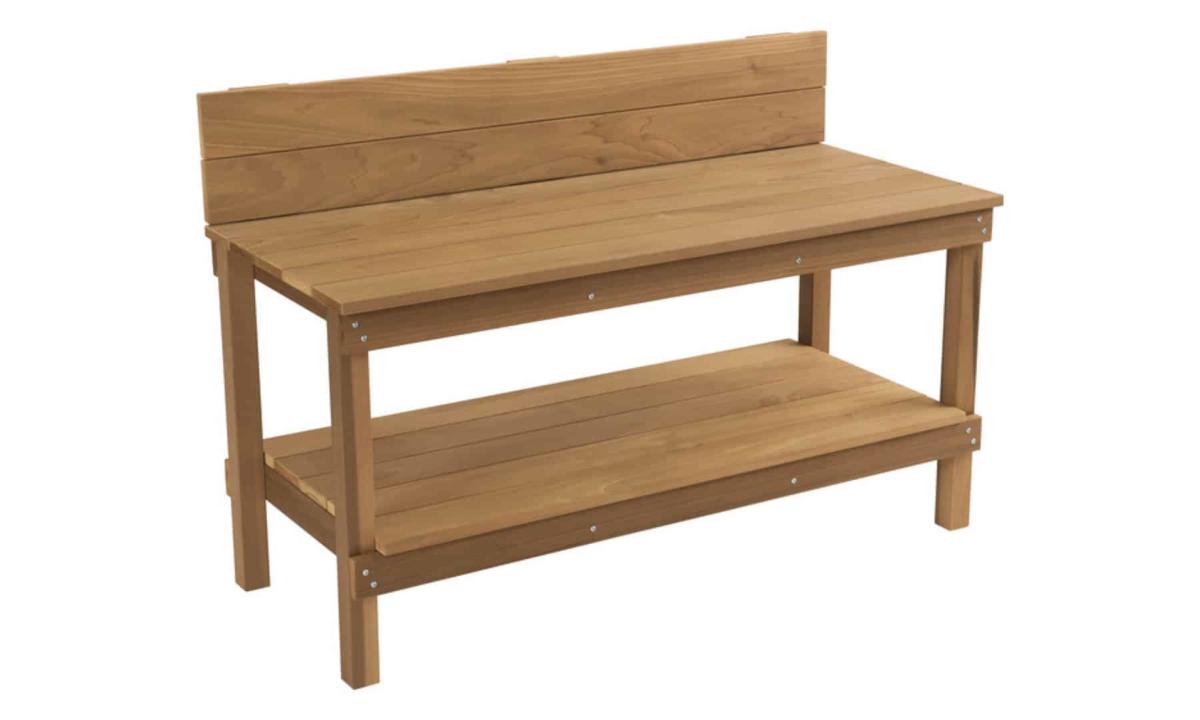
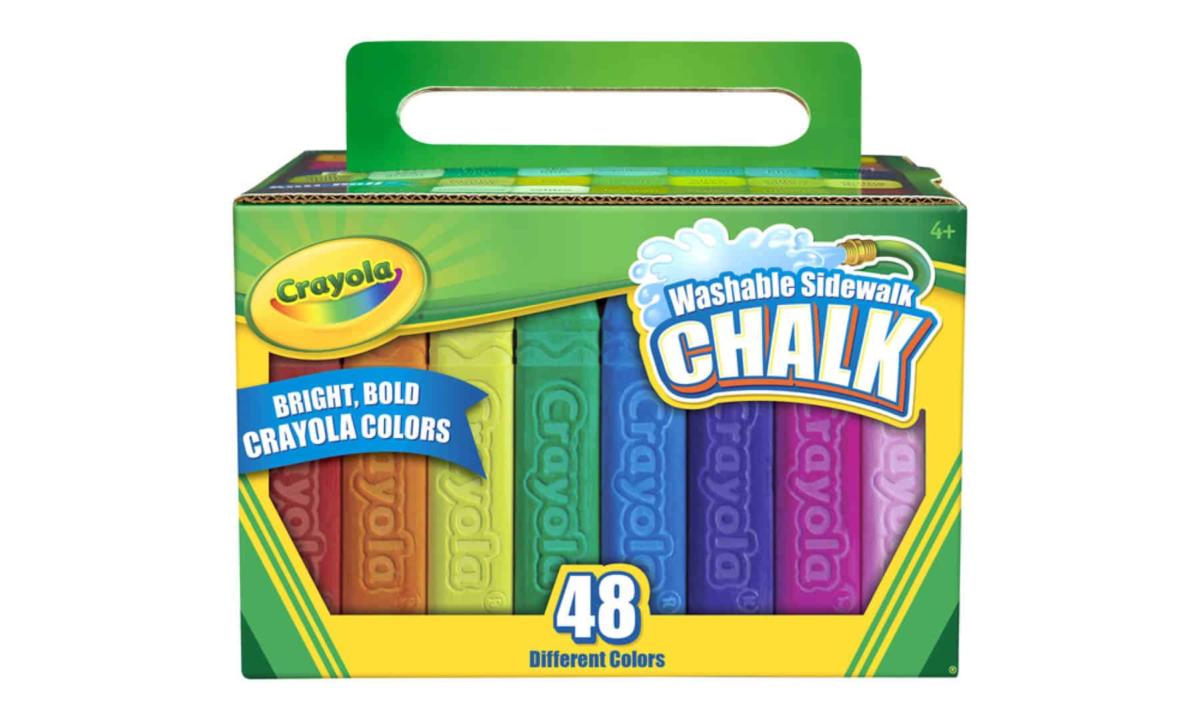
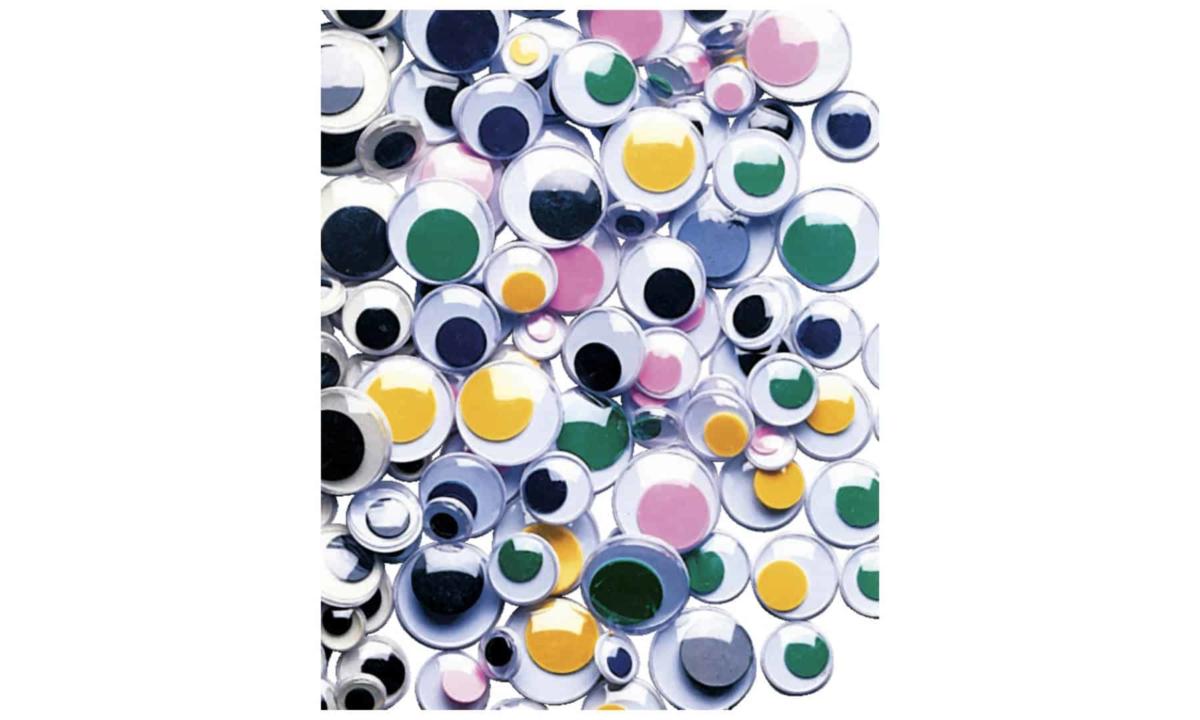
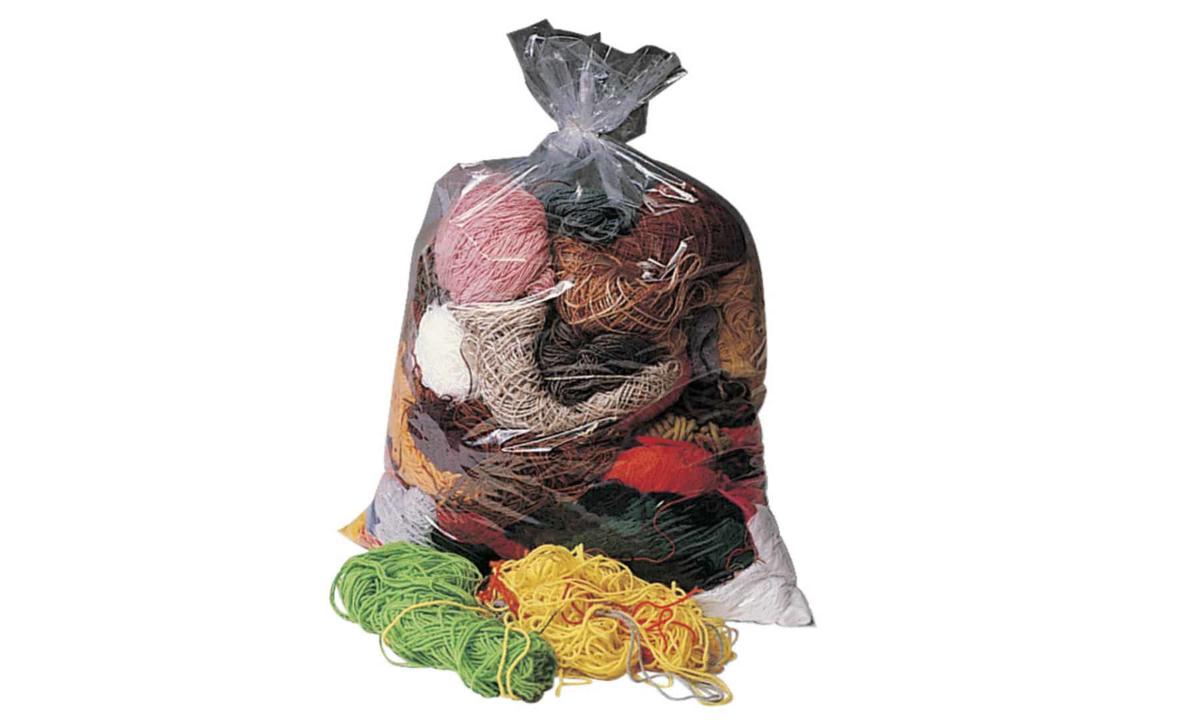
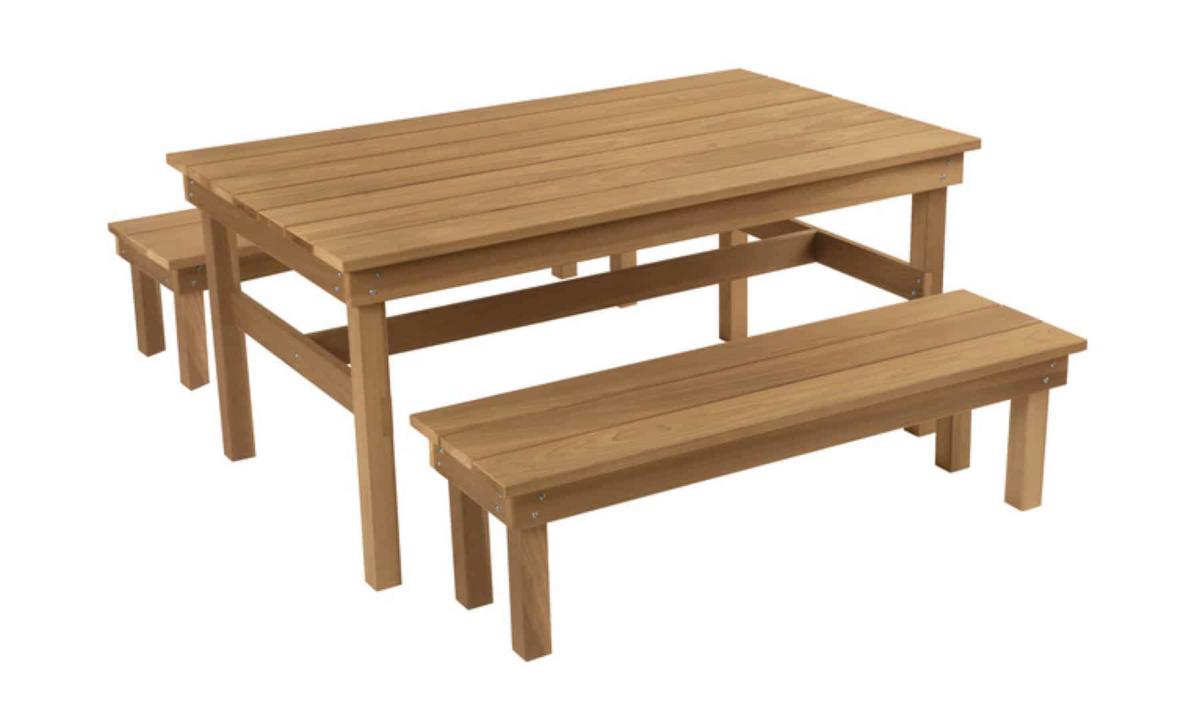
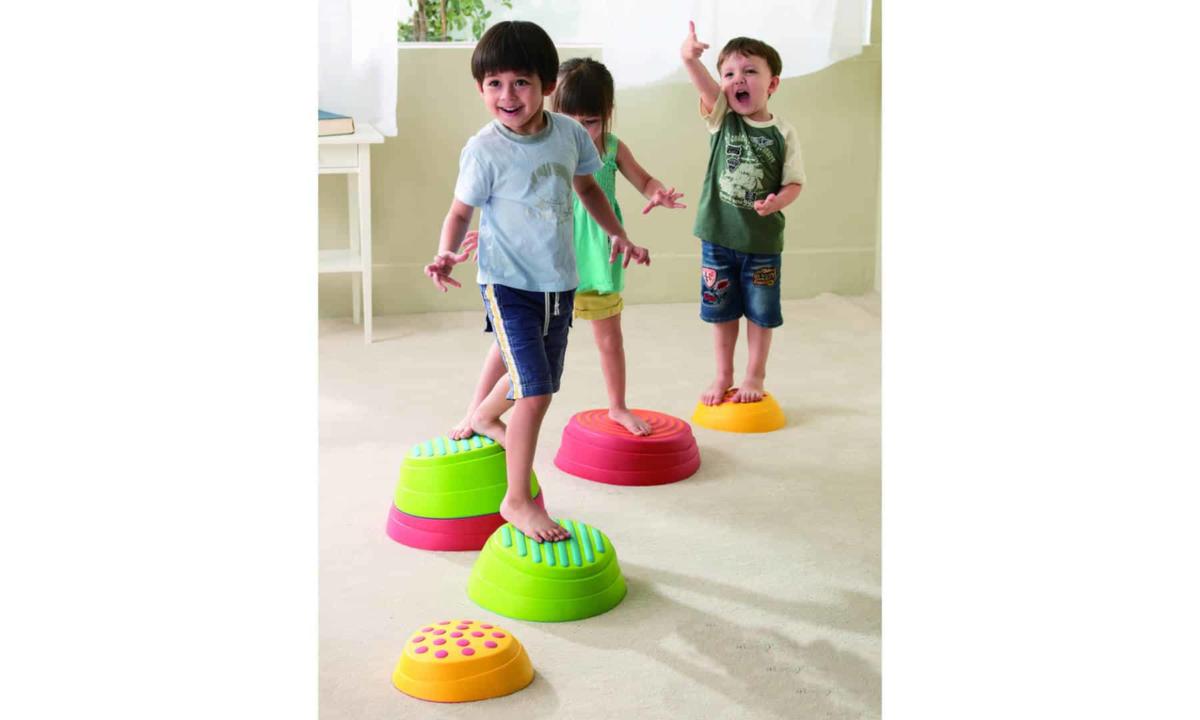
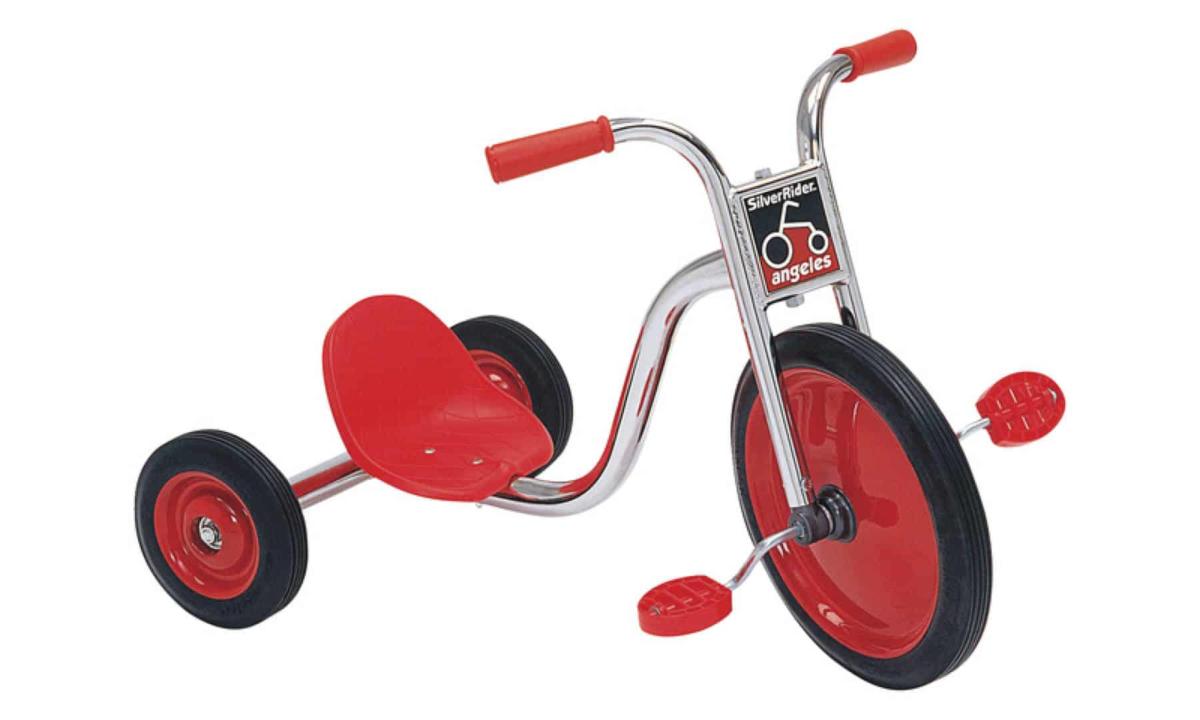


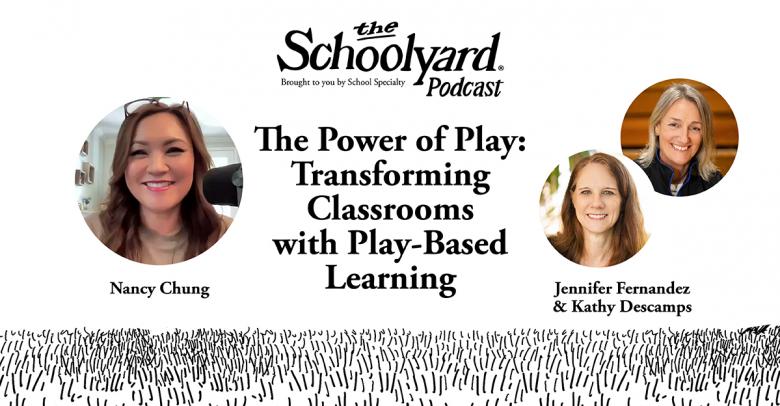

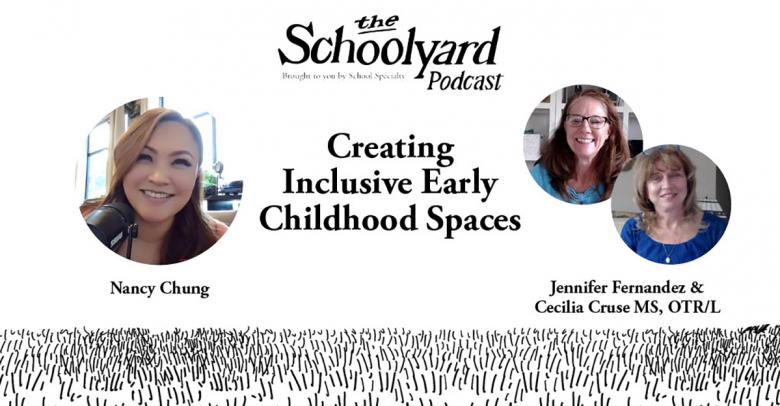
Leave a Reply